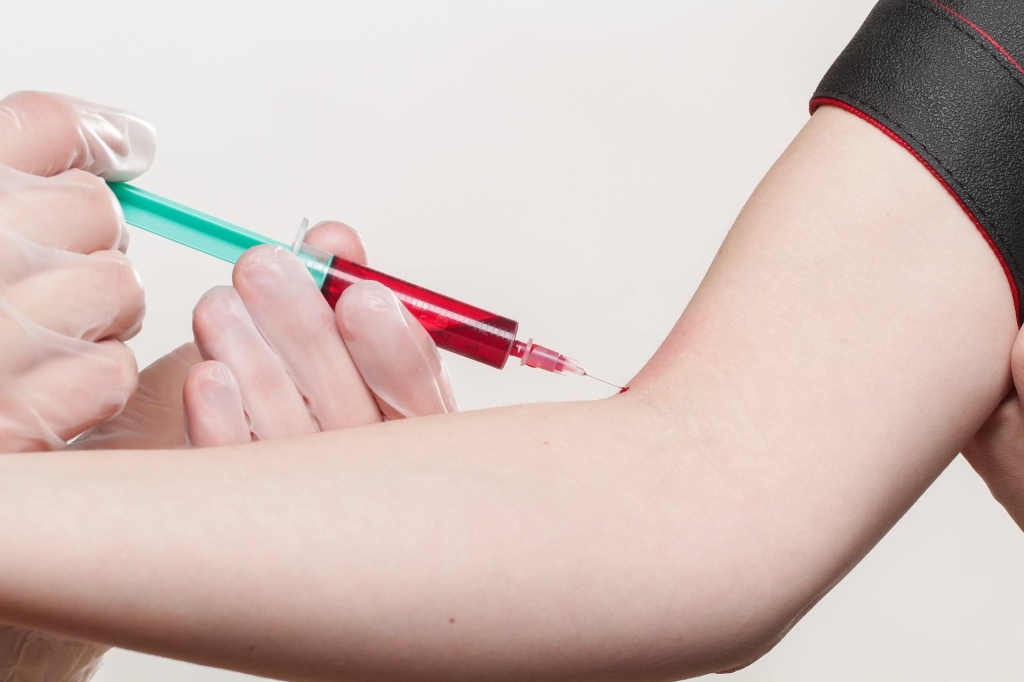Essential Guide to a Successful Phlebotomy curriculum: Training, Courses, and Certification Tips
Embarking on a career in phlebotomy is an excellent choice for those interested in healthcare and patient care.A well-structured phlebotomy curriculum forms the foundation for success, ensuring that aspiring phlebotomists develop the necessary skills, knowledge, and credentials. In this comprehensive guide, we will explore the essential components of a successful phlebotomy training program, including the best courses, certification tips, practical experience, and more. Whether you’re a student, educator, or healthcare professional looking to refine your skills, this article offers valuable insights to help you excel in this vital healthcare field.
Introduction: Why a Strong Phlebotomy Curriculum Matters
The demand for skilled phlebotomists has increased significantly with the expansion of healthcare services,outpatient clinics,and diagnostic laboratories. A comprehensive curriculum not only provides theoretical knowledge but also emphasizes hands-on practice,safety protocols,and patient dialog skills. when designed effectively, a phlebotomy training program prepares learners to pass certification exams, perform blood collection procedures confidently, and deliver quality patient care. Let’s dive into the key elements that make up an effective phlebotomy curriculum.
Fundamentals of Phlebotomy Training
What Topics Should a Phlebotomy Curriculum Cover?
- Basic anatomy and physiology, especially of the circulatory system
- Blood collection techniques and procedures
- Infection control and safety protocols
- Legal and ethical considerations in phlebotomy
- Patient communication and care skills
- Specimen handling and transportation
- Emergency procedures and troubleshooting common issues
Importance of Theoretical Knowledge and Practical Skills
A successful phlebotomy curriculum balances classroom instruction with practical training.Theoretical knowledge provides context and understanding, while practical skills ensure competence in performing blood draws, using equipment, and managing patient interactions. Combining these elements guarantees that learners are well-prepared for real-world scenarios and certification exams.
Best Phlebotomy Courses and Training Programs
Selecting the right training program is crucial. Look for accredited courses that meet industry standards and prepare you for certification. Here are some top options:
- Community colleges and vocational schools: Offer comprehensive programs with certification options
- Online courses: Flexible learning but frequently enough require in-person supervised practical training
- Hospitals and healthcare facilities: Provide on-the-job training opportunities
Criteria for Choosing a Training Program
- Accreditation: Ensures the program meets industry standards
- Curriculum content: Covers all essential topics
- Hands-on practice opportunities: Critical for skill advancement
- Certification exam planning: Alignment with certified testing requirements
- Job placement assistance: Helpful for career transition
Certification Process and Tips for Aspiring Phlebotomists
Certification verifies your competence and increases employability. In the united States, the most recognized certification bodies are the American Society for Clinical pathology (ASCP), National Phlebotomy Association (NPA), and American Medical Technologists (AMT).
Steps to Obtain Phlebotomy Certification
- Complete a certified phlebotomy training program
- Gain hands-on blood collection experience
- Prepare for the certification exam by studying key materials
- Pass the certification examination
- Maintain certification through continuing education and renewal
Top Certification Tips
- Focus on understanding anatomy, safety, and patient interaction
- Practice blood collection techniques repeatedly
- Use practice exams to gauge your readiness
- Stay updated with current safety standards and best practices
Practical Tips and First-Hand Experience
hands-on experience is invaluable in phlebotomy training. here are some practical tips:
- Start practicing venipuncture with supervision
- Maintain professionalism and reassurance to reduce patient anxiety
- Follow strict infection control protocols
- Keep your skills sharp with regular practice and review
- Learn to troubleshoot common issues like collapsed veins or difficult draws
Many training programs include clinical rotations, allowing students to gain real-world experience and develop confidence before entering the workforce.
Benefits of a Well-Structured Phlebotomy Curriculum
- Increased confidence and competence in blood collection procedures
- Higher success rate in certification exams
- Better patient care and satisfaction
- Enhanced employment prospects and career advancement
Case Study: Successful Transition from Training to Employment
| Student Name | Training Program | Certification Exam | Outcome |
|---|---|---|---|
| Jane D. | Community College Certificate | Passed on first attempt | Employed at local hospital within 3 months |
| Mike B. | Online Course + Clinical Rotation | Passed with high scores | Opened own mobile phlebotomy service |
Conclusion: Building Your Path to Success in Phlebotomy
Developing an effective phlebotomy curriculum requires a strategic combination of theoretical knowledge, practical skills, and certification preparedness. By choosing accredited courses, engaging in hands-on training, and staying informed about industry standards, you set yourself up for a successful career in healthcare. Remember,continuous learning and practical experience are key to becoming a proficient and confident phlebotomist.Embark on your training journey with dedication, and you’ll be helping patients and advancing in a rewarding healthcare profession.
Start Your Journey Today
If you’re ready to take the next step in your healthcare career, explore accredited phlebotomy training programs in your area or online. With the right education and certification,you’ll be well on your way to a fulfilling and in-demand profession.
